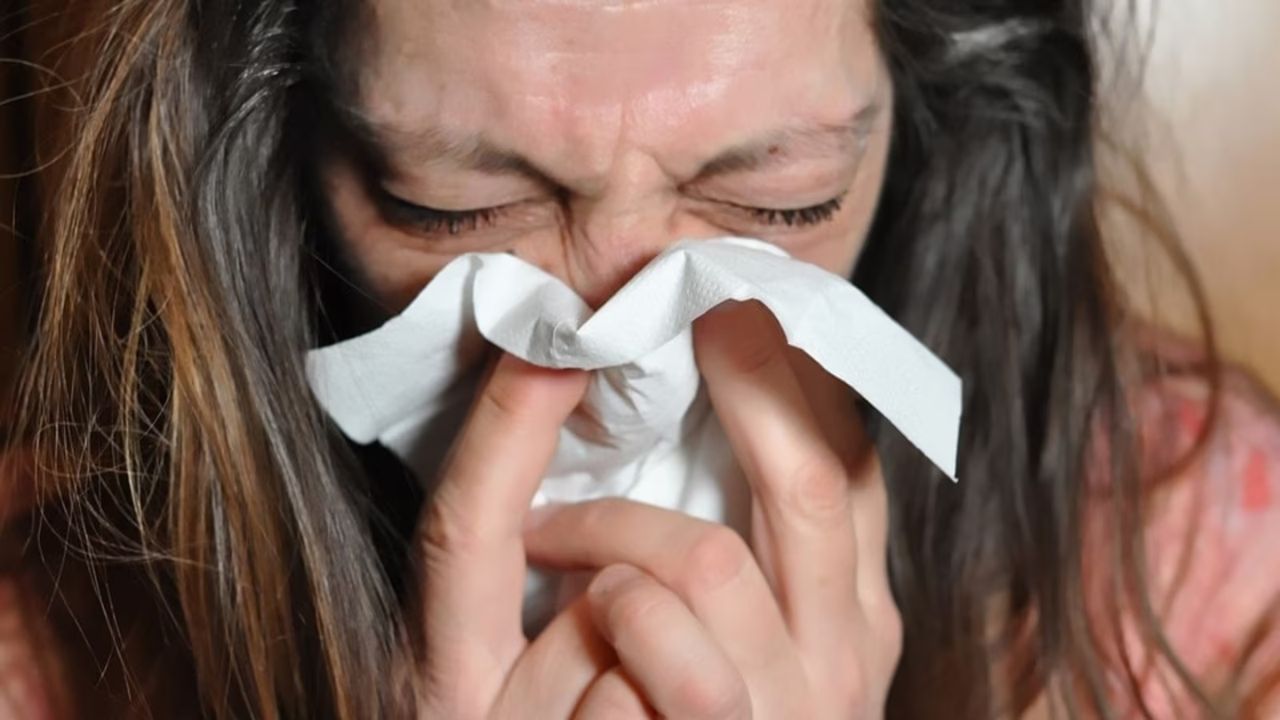 English
English

H3N2 is a type of influenza A virus, which is considered responsible for the outbreak of seasonal flu.

Representational Image
New Delhi: After continuous rain, the scorching sun has troubled people in the capital Delhi for the last few days. Apart from sunshine and humidity, cases of influenza A virus are also increasing rapidly in the capital during this time. For some time now, the number of patients of H3N2 flu, a type of influenza A virus, is increasing rapidly here.
In such a situation, it is important to keep some things in mind to prevent it, as well as it is also important to identify its symptoms. In this article, let us tell you about some common symptoms of H3N2 flu and ways to prevent it-
What is H3N2 flu?
H3N2 is a type of influenza A virus, which is considered responsible for the outbreak of seasonal flu. Initially this virus does not cause any harm, but over time when it starts mutating, it becomes difficult to control it.
In such a situation, this virus spreads easily to another person through the droplets emitted when a person infected with this virus coughs, sneezes or speaks. Also, this virus can infect you by touching or coming in contact with contaminated surfaces.
Symptoms of H3N2 flu
When do the symptoms appear?
These symptoms usually develop 1-4 days after coming in contact with the virus. Although most people recover without any complications, sometimes the flu can take the form of a serious illness like pneumonia, especially in the elderly, young children and pregnant women.
Keep these things in mind